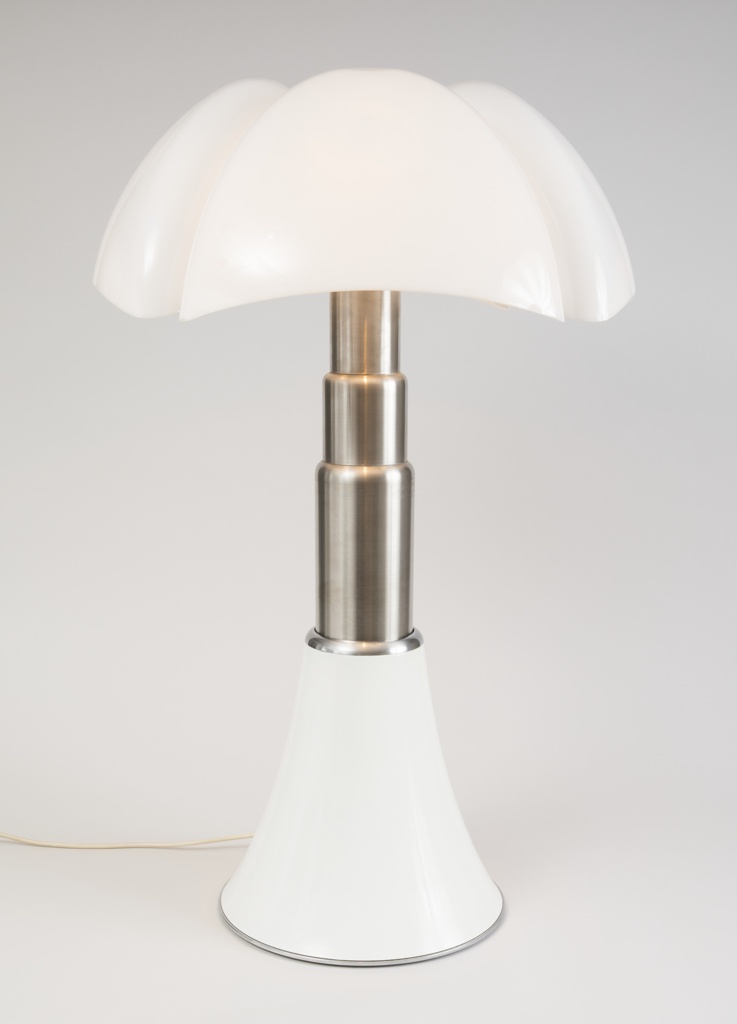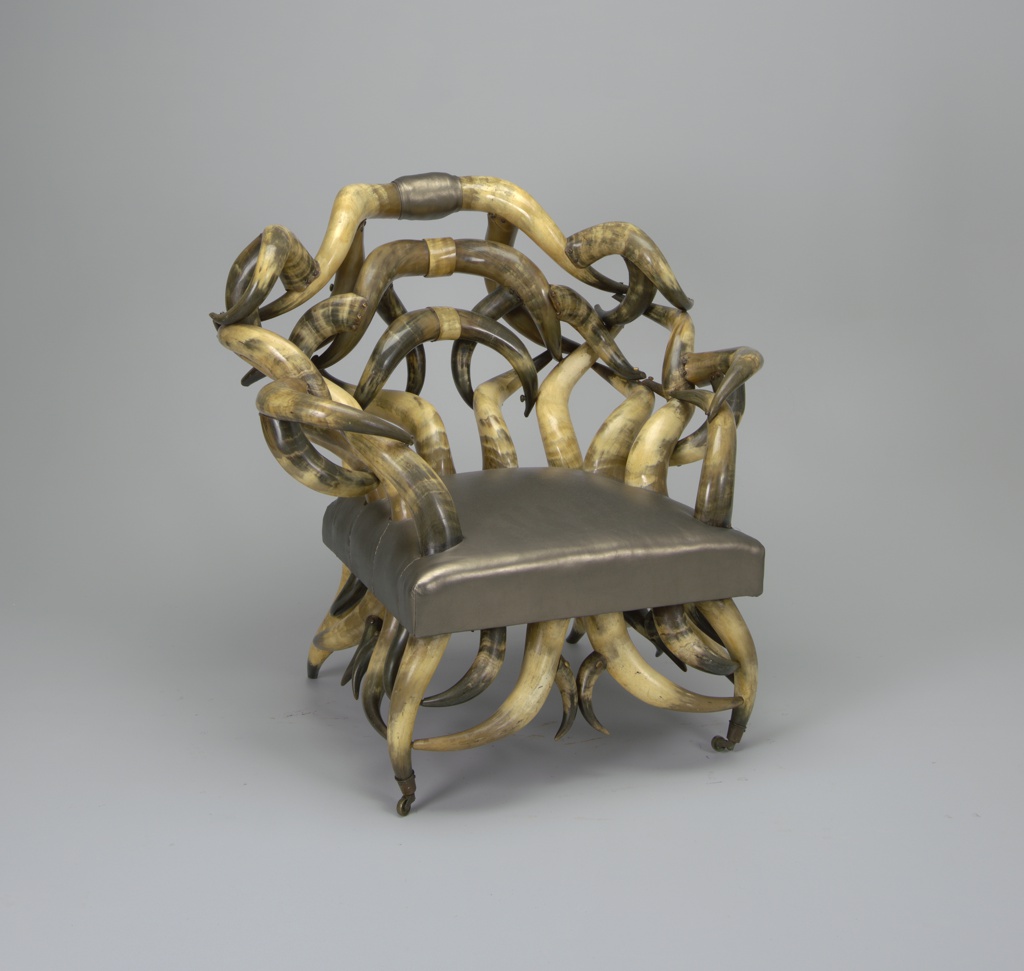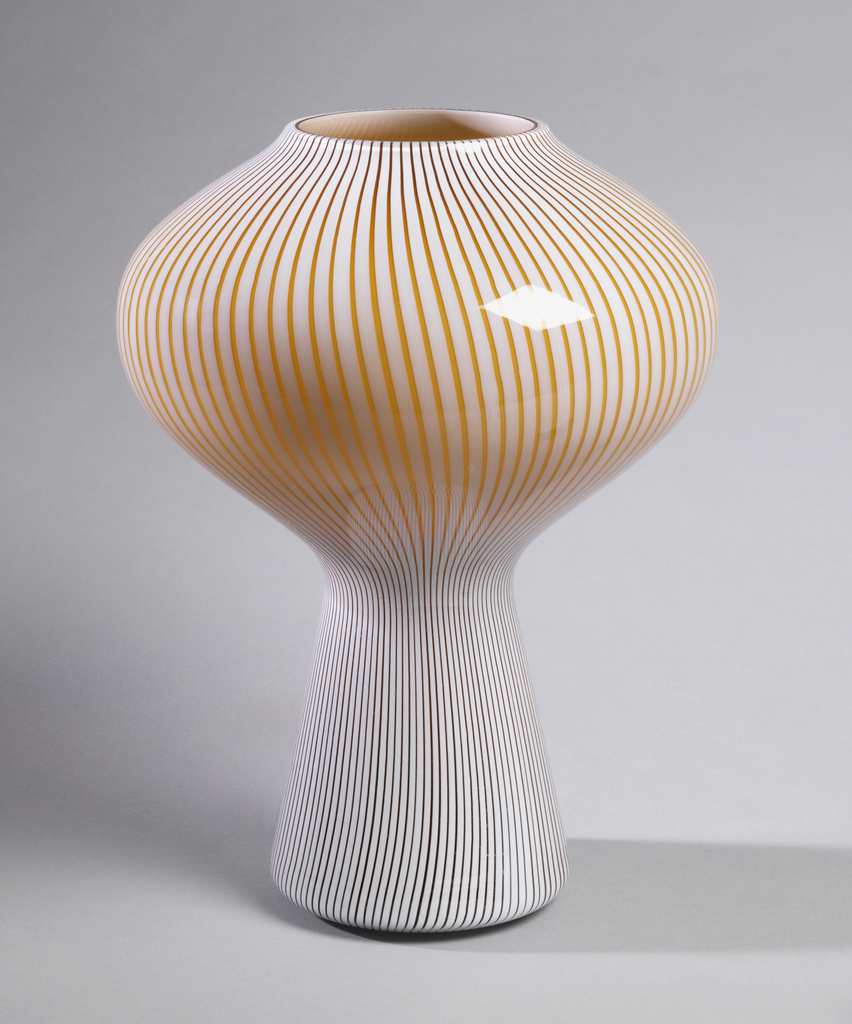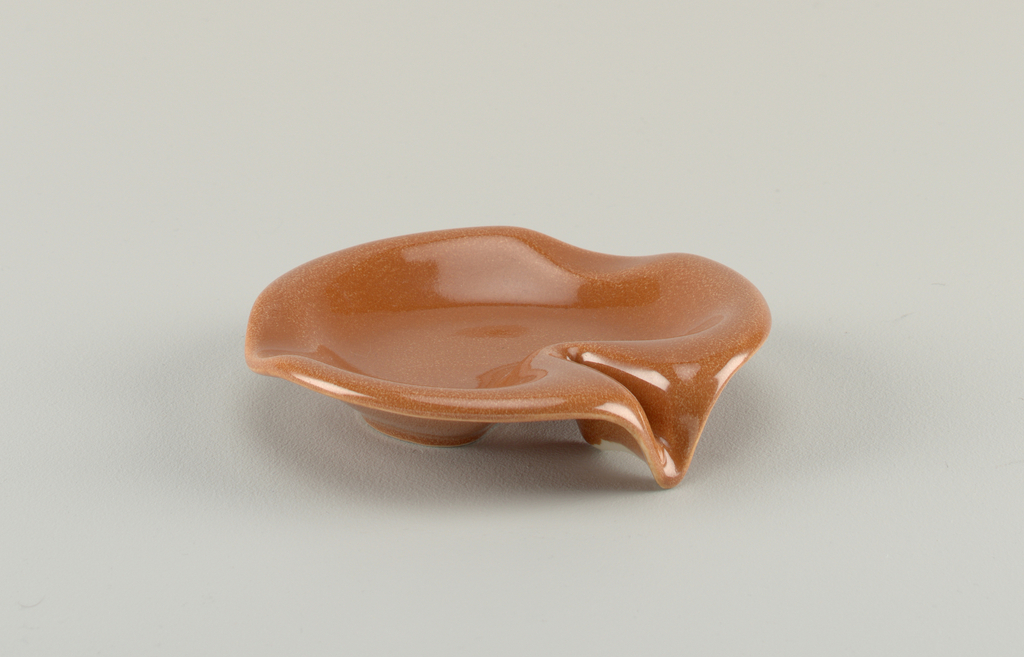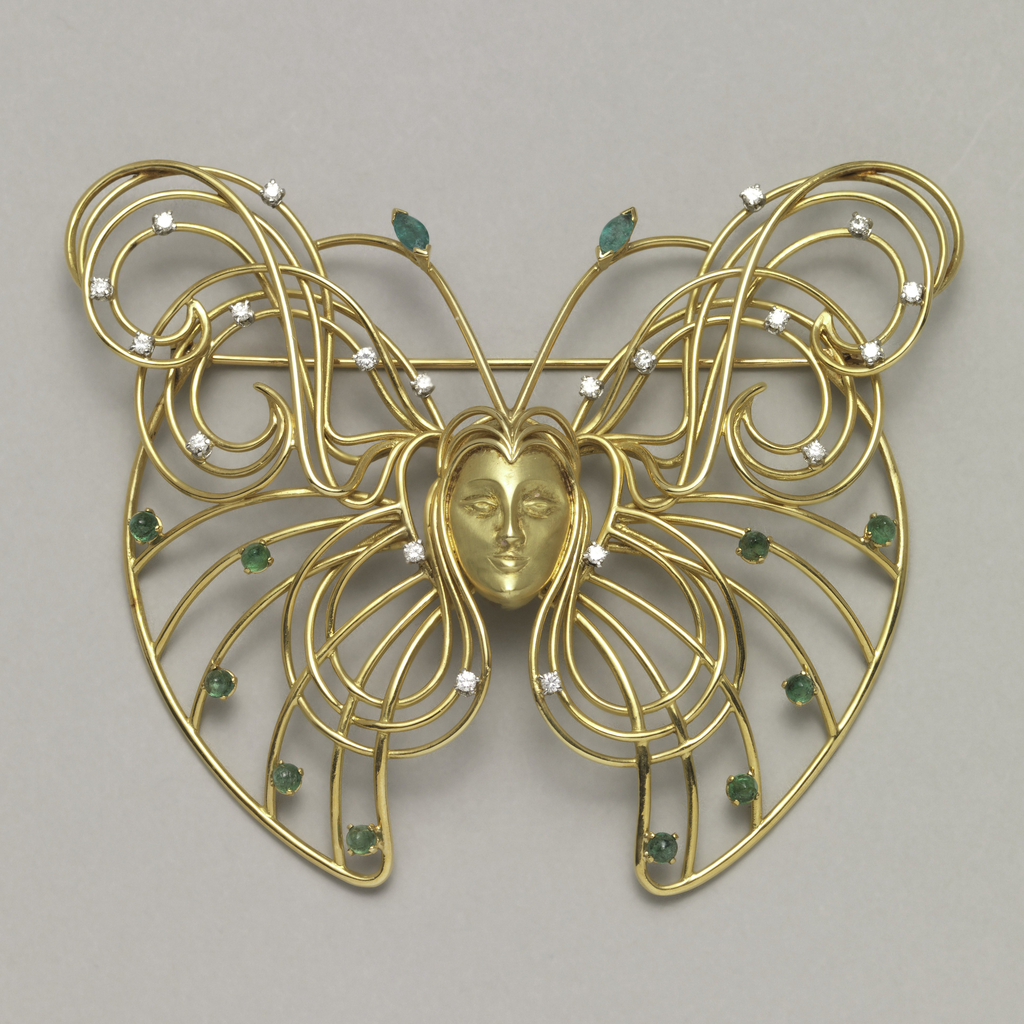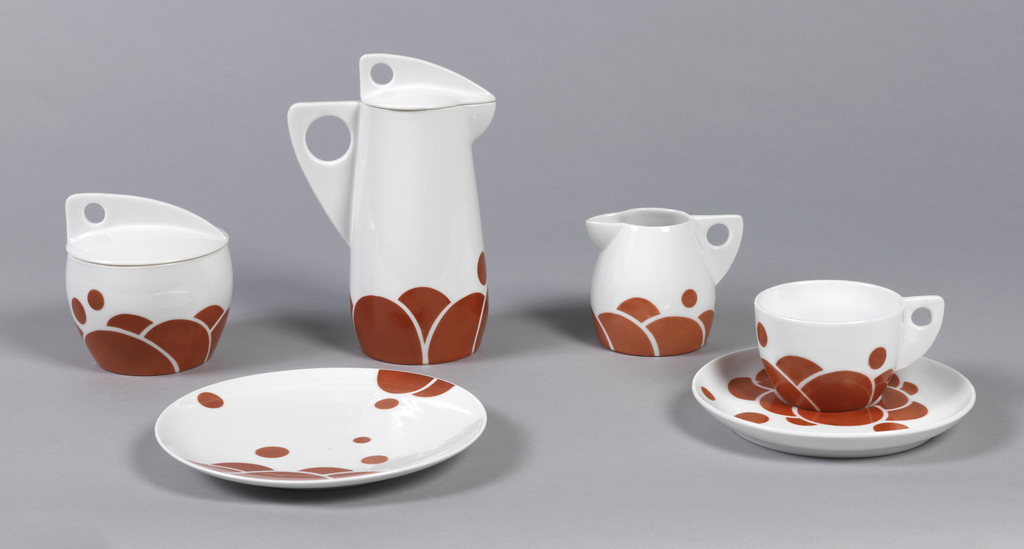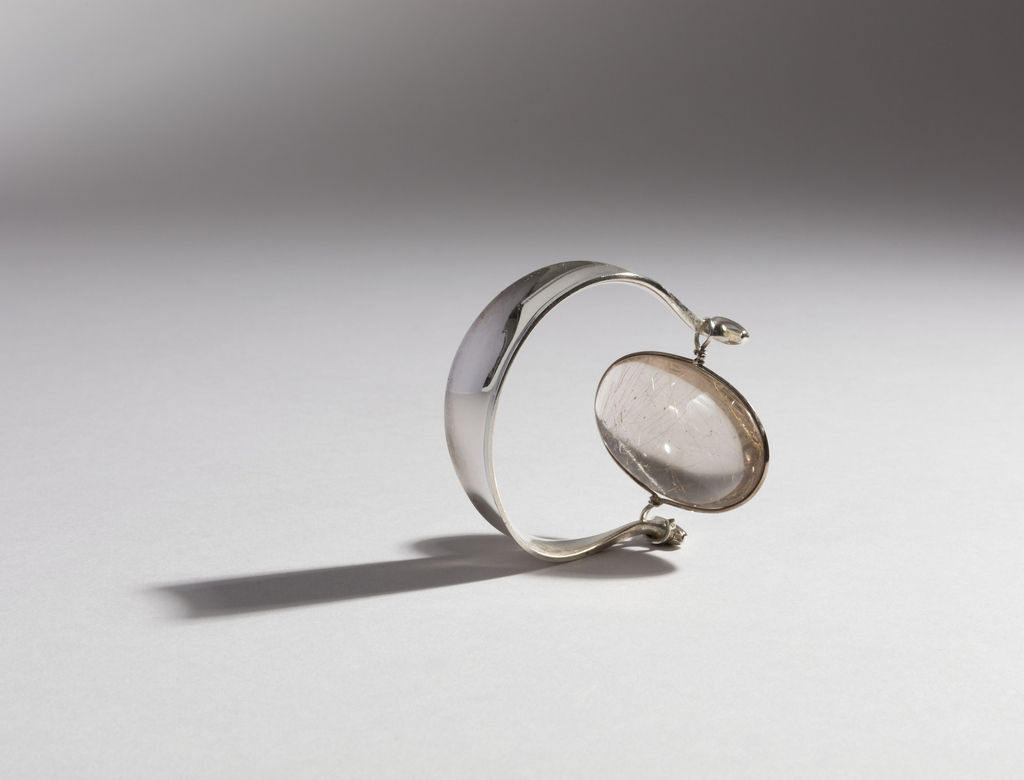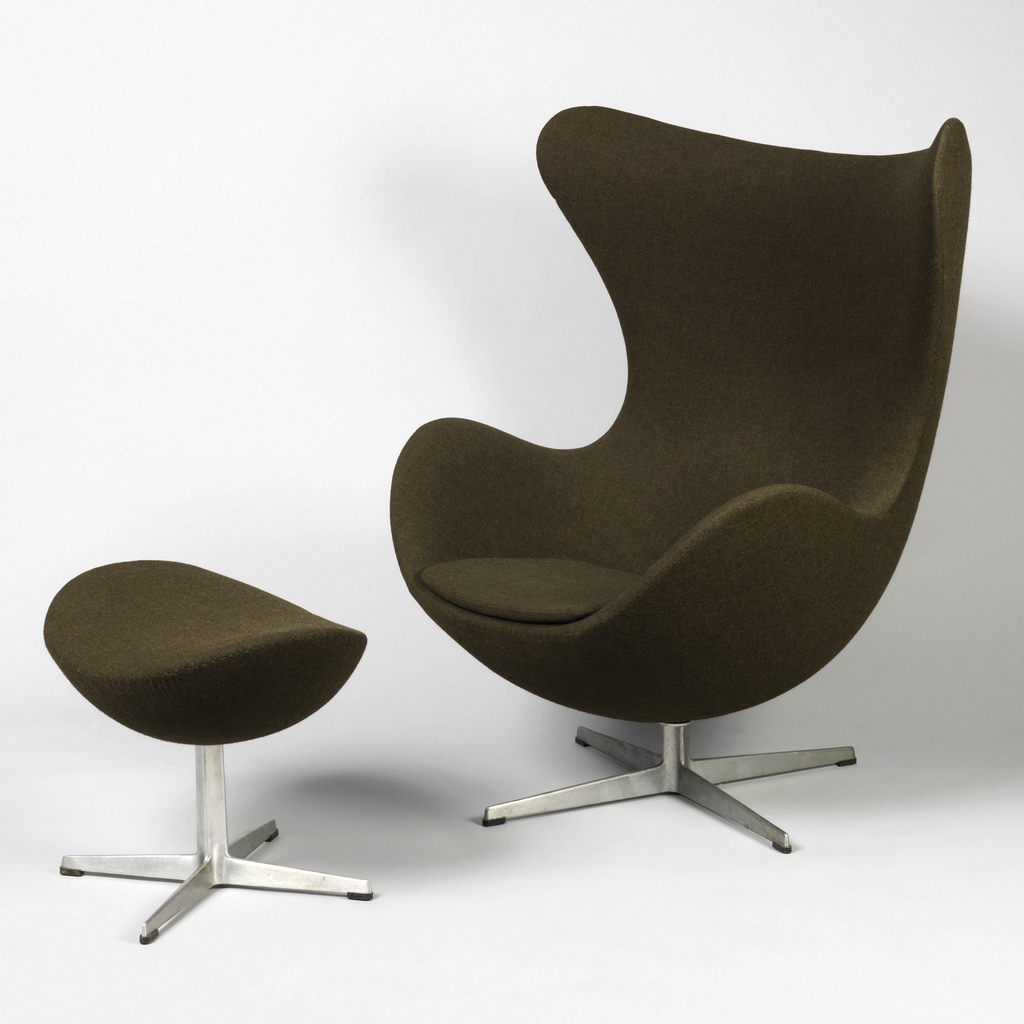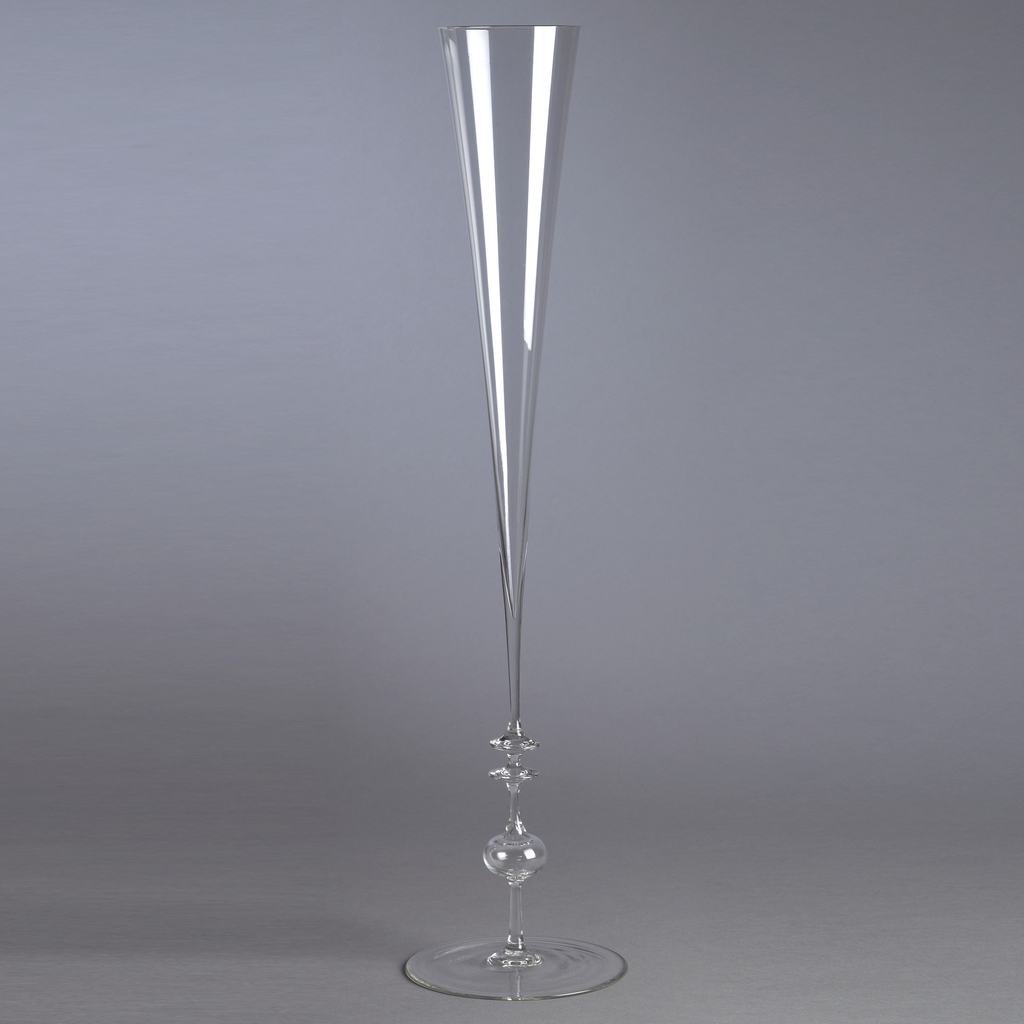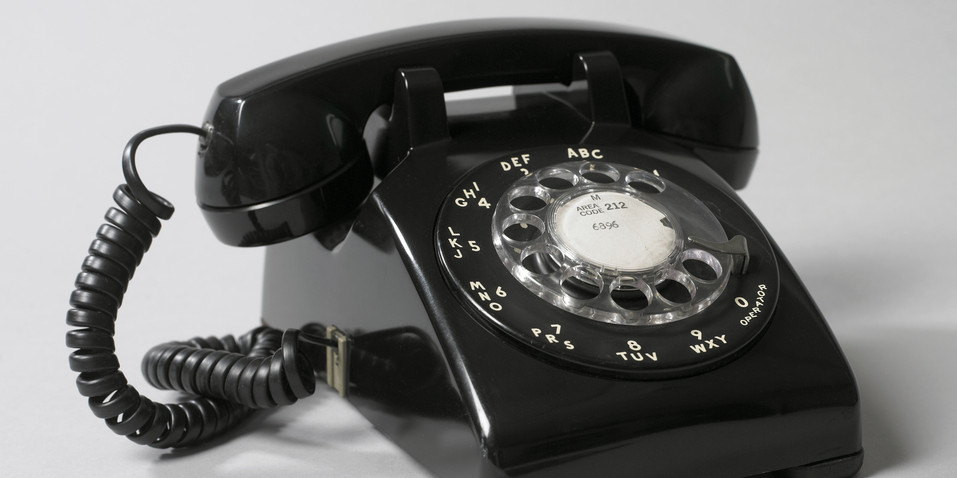By the 1960s, it could be argued that lighting design had come of age. This was influenced by several factors—booming post-war economic growth, the emergence of a new youth market eager to challenge established ideas about modern style, and the continuing development of lighting technologies and new plastics that encouraged greater experimentation with form and...
Trained as a cabinetmaker in his native Bohemia, Wenzel Friedrich immigrated to the United States in 1853, settling in San Antonio, Texas, and opening a revival-style furniture business. In 1880, he became more innovative, realizing the potential of the Texan stockyards’ abundant supply of Texas Longhorn cattle horns as a material for use in furniture...
In celebration of our new exhibition The Senses: Design Beyond Vision, this Object of the Day post explores the multisensory experience of an object in Cooper Hewitt’s permanent collection. The invention of the incandescent light bulb in the nineteenth century not only advanced technology, but also design, especially into the twentieth century. This bulbous, blown...
In celebration of our new exhibition, The Senses: Design Beyond Vision, this Object of the Day post explores the multisensory experience of an object in Cooper Hewitt’s permanent collection. Traditionally formed by hand, ceramic vessels possess inherent organic characteristics. Their forms have often been influenced by or imitated the shapes of human bodies since the...
This brooch, entitled Melusine, was designed by Marie-Claude Lalique and dates to about 1965. Made of thin gold wire, the brooch features the face of a woman whose hair swirls and coils into the wings of a butterfly. The piece is enhanced with a scattering of diamonds and emeralds. The date of 1965 may be...
In celebration of Women’s History Month, March Object of the Day posts highlight women designers in the collection. Today’s blog post was written by Adriane Dalton and originally published on September 17, 2013. Born in 1877, Jutta Sika was an Austrian designer working in a variety of different media. Sika received formal training in both...
In celebration of Women’s History Month, March Object of the Day posts highlight women designers in the collection. This cuff-like bracelet with large oval stone clasp was designed by Vivianna Torun Bülow-Hübe in 1968. It is made of silver and rutilated smoky quartz. The bracelet’s simple form is emblematic of Torun’s philosophy that jewelry should...
The Danish designer Arne Jacobsen believed in the artist’s complete control over a project. Though originally trained as an architect, he had a hand in all aspects of his buildings’ designs, including the interiors. His works might be considered examples of Gesamtkunstwerk, or the total work of art, because of his individual and obsessive control...
Sarah D. Coffin discusses the technical excellence of this Lobmeyr Ambassador vase, now on view in The Jazz Age: American Style in the 1920s.
Henry Dreyfuss’s earlier Model 302 was a beautiful sculptural object, but it had usability problems. The triangular profile of the handset caused the device to turn when cradled against the shoulder—the design didn’t account for people’s intuitive desire to talk hands-free. Dreyfuss addressed this issue with the Model 500, introduced in 1949. To create the...
In the 1930s, Bell Labs asked Henry Dreyfuss to create a new telephone set, to be used across AT&T’s vast phone system. Dreyfuss was a young man and an emerging voice in the field of industrial design. Designers including Dreyfuss, Raymond Loewy, and Walter Dorwin Teague were reinventing the point of contact between people and...
